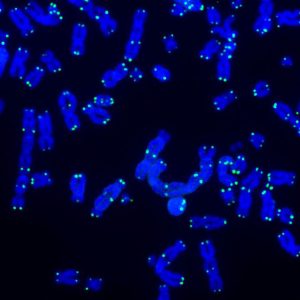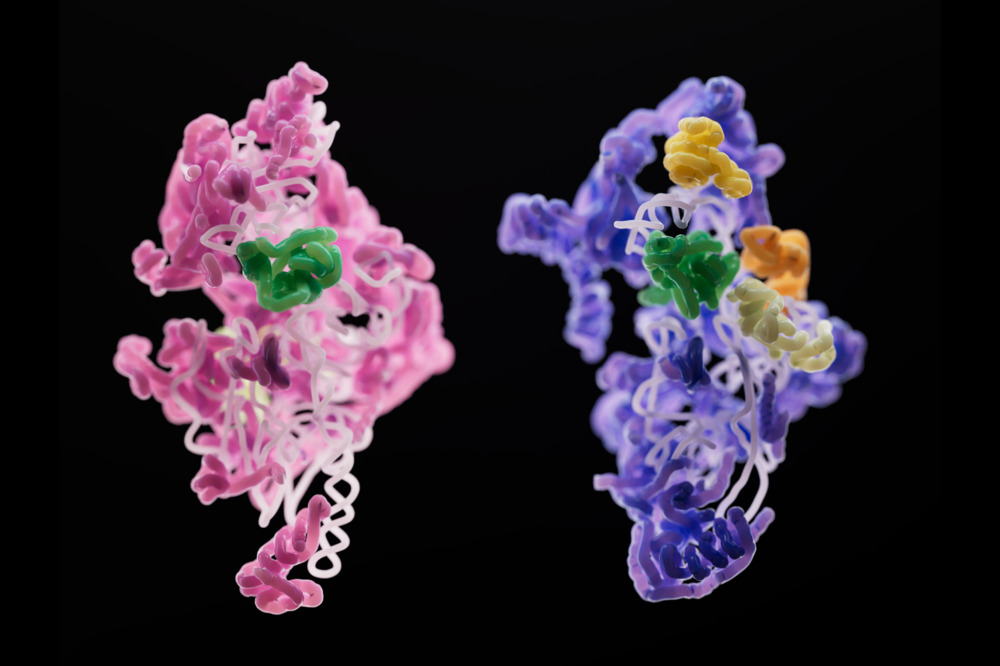
Researchers at the Universities of Bonn and Singapore have discovered a new intracellular “smoke detector.” The sensor warns of damage to the mitochondria. If it does not function properly, chronic skin diseases can result. The sensor may also be important for unimpaired heart and bowel function. The results have now been published in the journal Nature Immunology.
Every cell in the body has numerous sensors that monitor its function...
Read More







Recent Comments